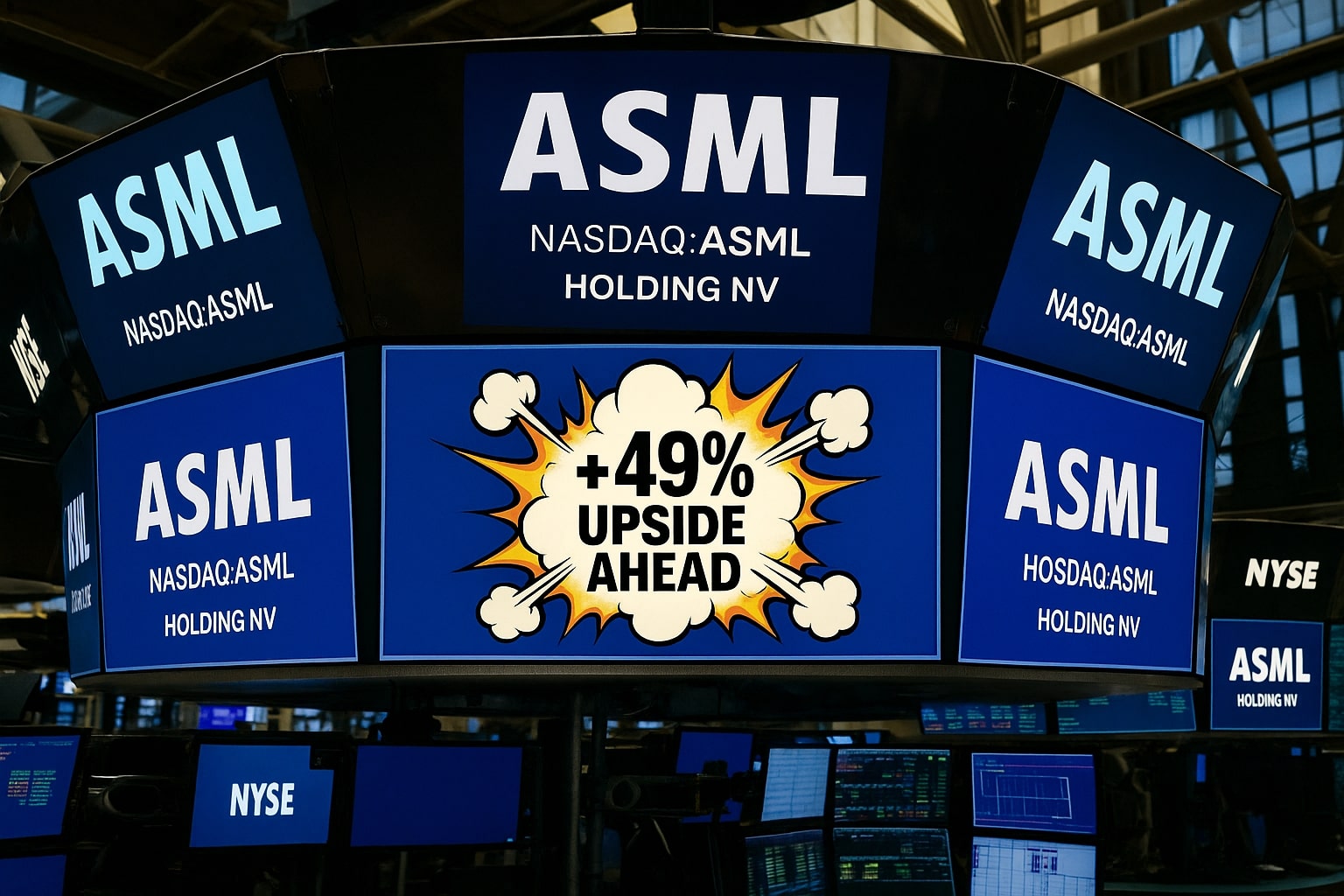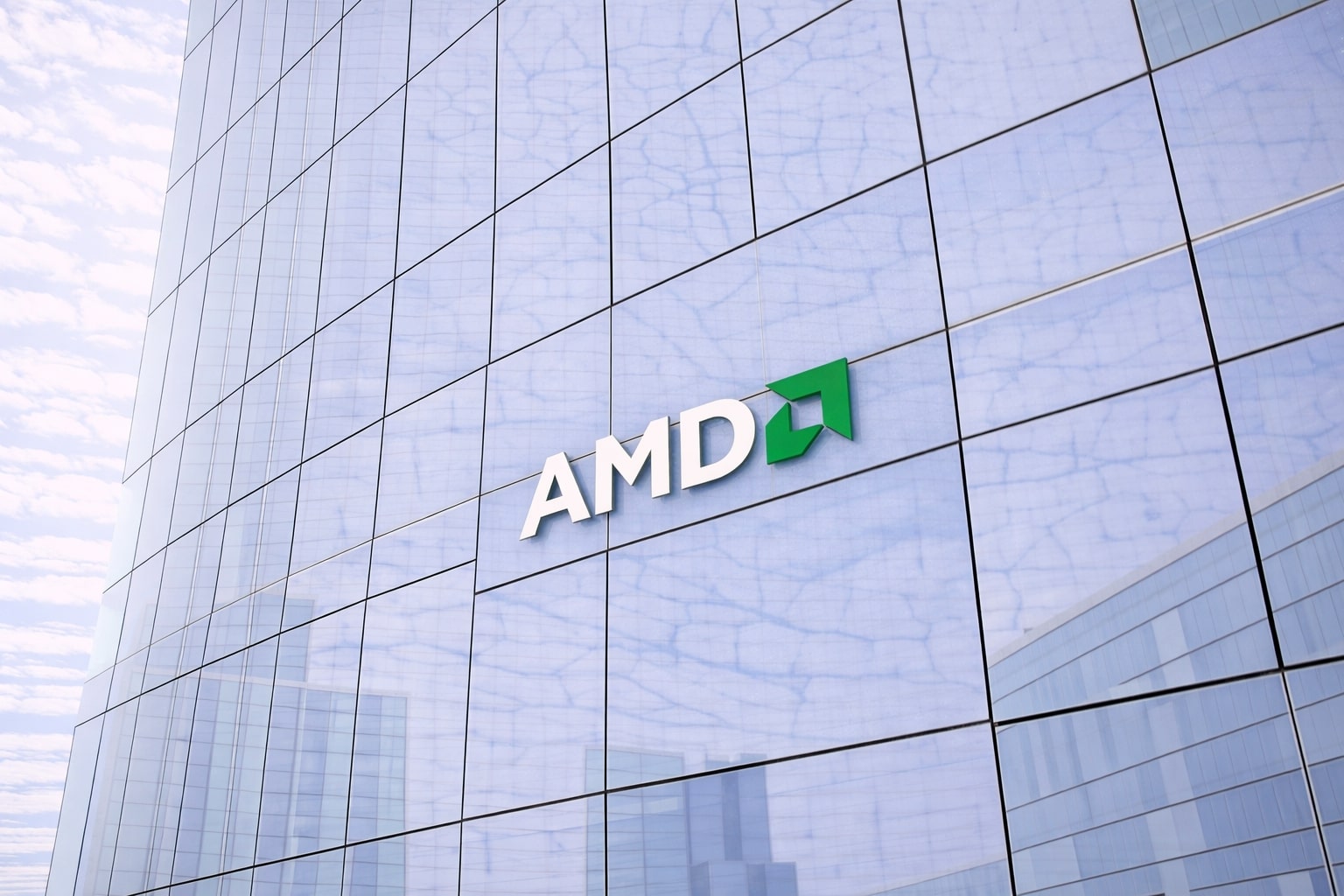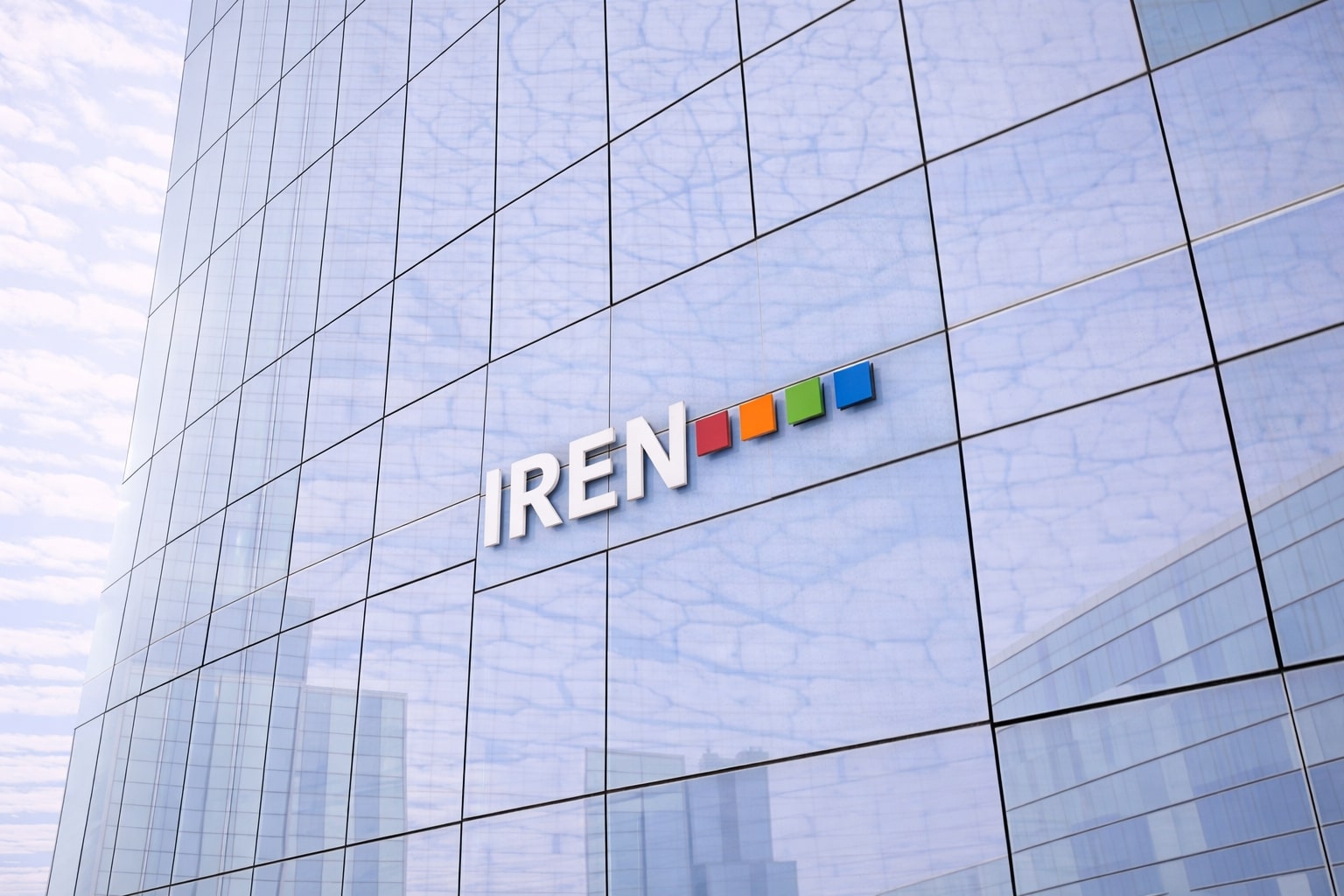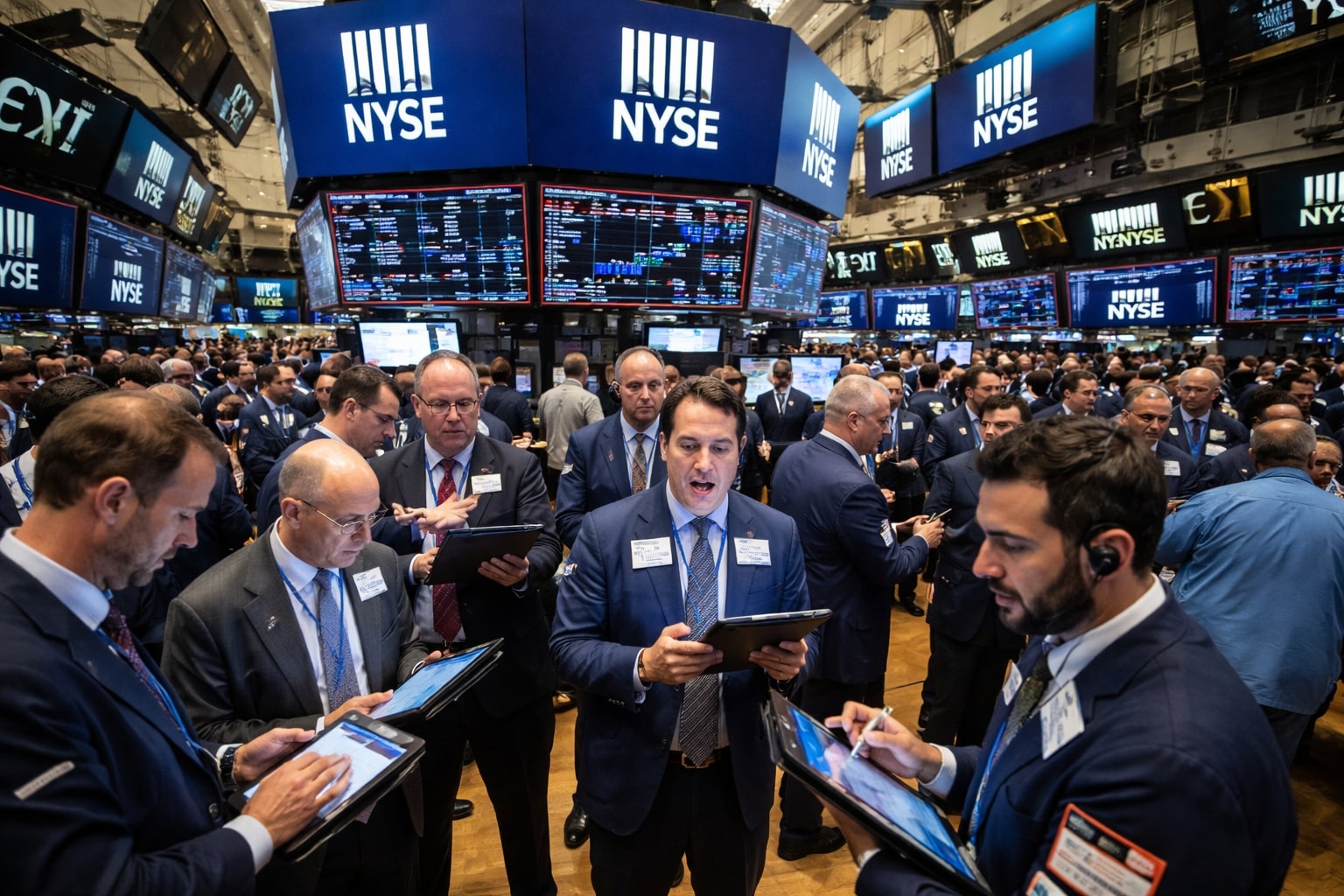
ASML (NASDAQ:ASML) Stock Crashes 10% as 2026 Forecast Pulled—Buy the Panic?
Despite €7.7B in Q2 sales and 53.7% margins, ASML stock sinks after withholding 2026 outlook. Tariffs loom, but AI demand signals +49% upside to $1,146 | That's TradingNEWS
ASML (NASDAQ:ASML) Faces Market Panic Despite Powerful Fundamentals
Robust Q2 Results Overshadowed by 2026 Guidance Concerns
Shares of ASML (NASDAQ:ASML) dropped over 10% following its Q2 2025 earnings, despite delivering one of its strongest operational quarters to date. The company reported €7.7 billion in revenue, surpassing consensus expectations of €7.51 billion. Net income reached €2.3 billion, or €5.90 per share, while gross margin came in at an impressive 53.7%, driven by a favorable mix including upgrades and one-time boosts. The interim dividend of €1.60 per share and a €1.4 billion share buyback in Q2 added further shareholder value.
However, management’s refusal to reaffirm 2026 growth guidance triggered market anxiety. Rather than offering concrete expectations, they cited macroeconomic and geopolitical uncertainty as reasons for withholding forward commentary. Investors appeared to ignore the €5.5 billion in net bookings—a major rebound from Q1—and focused instead on what wasn’t said.
AI-Driven DRAM and HBM Boom Accelerates Lithography Demand
The heart of ASML’s value lies in its monopoly over EUV technology. The ramp in High Bandwidth Memory (HBM) and DRAM, powered by generative AI, is turning into a multi-year supercycle that directly benefits ASML’s High-NA systems, which cost between $120 million and $400 million per unit. These are not just tools—they’re necessities for foundries like Intel and TSMC to stay competitive in bleeding-edge node production.
In Q2, memory made up 31% of system end-use, down from 42% in Q1, suggesting EUV-linked DRAM demand is poised to rebound sharply. Intel is already deploying High-NA tools for its A14 layers, and if that move succeeds, TSMC will be forced to match or risk competitive erosion. System sales to Taiwan surged from 16% to 35% quarter-over-quarter, highlighting the strategic shift.
Tariffs and Export Controls Pose Operational Threats
Tariff uncertainty—particularly around U.S.-origin components like Cymer lasers—is now ASML’s biggest operational risk. Components built in the U.S. and integrated in the Netherlands are vulnerable to retaliatory tariffs when exported to Asia. While ASML has begun restructuring its supply chains and is exploring free trade zones, any escalations from the Trump administration could erode margins.
Management flagged these risks explicitly, noting duties on systems, manufacturing parts, and service components. For a company that sells lithography systems costing hundreds of millions, even modest tariffs introduce high-stakes pricing volatility.
China Exposure Is Both a Risk and a Cushion
China accounted for 27% of Q1 2025 sales and remains above 25% heading into Q3. While ASML cannot sell EUV tools to China due to Dutch-U.S. export bans, it does sell DUV systems—albeit under restrictions. China’s aggressive domestic chip buildout and fabrication spend, estimated at $110 billion in 2025, ensures baseline demand, though rising export restrictions could jeopardize this.
Management is cautious, and rightly so. But despite fears, China's appetite for legacy and mid-range lithography remains resilient. Long-term, as EUV demand grows in other regions, China's contribution to ASML’s revenue may naturally shrink in percentage terms.
Valuation Reset Creates Rare Opportunity
At $770 per share, ASML trades at 8.36x forward sales—well above the sector median of 3.07x, but justified by its total dominance of the EUV space. Price-to-book is at 17x, higher than Applied Materials (8x) and Lam Research (13x), but again, this is a business without a comparable peer. With a 10-year P/E floor of 22x and LTM EPS at $24.09, the stock’s fair value baseline is around $529.90.
Yet the bull case points to a $1,146.60 price target by 2027, representing a +49% upside from current levels. That forecast assumes a 31x P/E multiple on FY 2027 EPS of $36.99—a reasonable bet considering Nvidia trades at nearly 40x and TSMC at 25x.
TSMC’s $165 Billion U.S. Investment Should Funnel Into ASML
Taiwan Semiconductor’s commitment to expanding its U.S. fab operations from $12 billion to $165 billion by 2025 is not just a tailwind—it’s a direct revenue pipeline for ASML. Each fab expansion requires advanced lithography tools that only ASML can supply. Even if Intel and Samsung scale back CapEx, ASML remains indispensable to TSMC’s roadmap.
TSMC’s pull-forward of Arizona Fab 2 by several quarters adds urgency to procurement timelines, ensuring ASML sees robust orders through at least 2026. High-NA systems—crucial for shrinking error rates and boosting wafer throughput—will dominate fab upgrades, further securing ASML’s revenue.
Management Caution Creates an Entry, Not a Red Flag
ASML’s CEO Christophe Fouquet has a pattern of overly cautious earnings call language. Even in quarters that beat expectations, his tone often weighs on sentiment. Q2 2025 was no different: despite stellar numbers, markets keyed in on his unwillingness to project 2026 certainty.
This pattern mirrors last year’s post-earnings dip, which was followed by a 29% rally. The current drop has similar hallmarks. The fact remains: revenue, gross margin, and bookings all outperformed. Full-year guidance of 15% sales growth and a 52% margin remains intact. But investor focus shifted to 2026 opacity rather than near-term strength.
ASML Insider Activity and Shareholder Returns
While market sentiment soured, insiders remained confident. Share repurchases totaled €1.4 billion in Q2, and the dividend of €1.60 per share will be distributed on August 6. Investors can review recent insider transactions here, which show no signs of panic or large-scale selling.
ASML continues to prioritize shareholder returns while funding growth initiatives. With long-term guidance targeting €44–€60 billion in annual revenue and 56%–60% gross margins by 2030, this is still a dominant compounder in the semiconductor supply chain.
Buy Rating Reaffirmed: Exploit the Panic
This is not a story of collapsing fundamentals. It’s a textbook case of market overreaction to forward-looking caution during an election-year trade war climate. Tariffs remain a headline risk, but operational momentum is strong, driven by AI adoption and global re-shoring of semiconductor production.
ASML has already bounced 2% after the 8% pre-market drop, signaling bargain-hunter accumulation. With valuation now reset and long-term tailwinds intact, the stock offers one of the clearest buy-the-dip setups in large-cap tech.
Verdict: Strong Buy
ASML at $770 is a rare opportunity. With a +49% upside to $1,146.60 and strategic dominance in EUV and High-NA systems, the current dip reflects temporary sentiment—not fundamental deterioration. Barring a worst-case tariff scenario, the 2026 uncertainty is already priced in. For long-term investors, this is the moment to accumulate aggressively.
That's TradingNEWS
Read More
-
AMD Stock Price Forecast - AMD at $223: AI GPU Ramp, CES 2026 Catalysts and the Next Move for NASDAQ:AMD
03.01.2026 · TradingNEWS ArchiveStocks
-
XRP Price Forecast - XRP-USD Near $2 as Whales Add $3.6B and ETF Inflows Top $1.18B
03.01.2026 · TradingNEWS ArchiveCrypto
-
Oil Price Forecast: Oil Near $60 Weigh Venezuela Shock Against 3.8M bpd Glut
03.01.2026 · TradingNEWS ArchiveCommodities
-
Stock Market Today - Wall Street Opens 2026; Dow 48,382, S&P 6,858 on Chip Rally, Gold Boom and Bitcoin $90K
03.01.2026 · TradingNEWS ArchiveMarkets
-
GBP/USD Price Forecast - Pound Tests 1.35 as BoE Caution Meets Soft US Dollar
03.01.2026 · TradingNEWS ArchiveForex


















